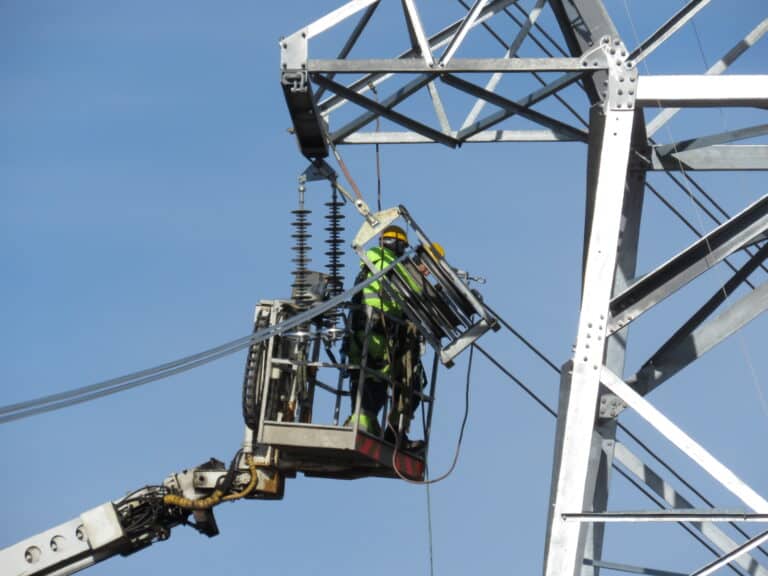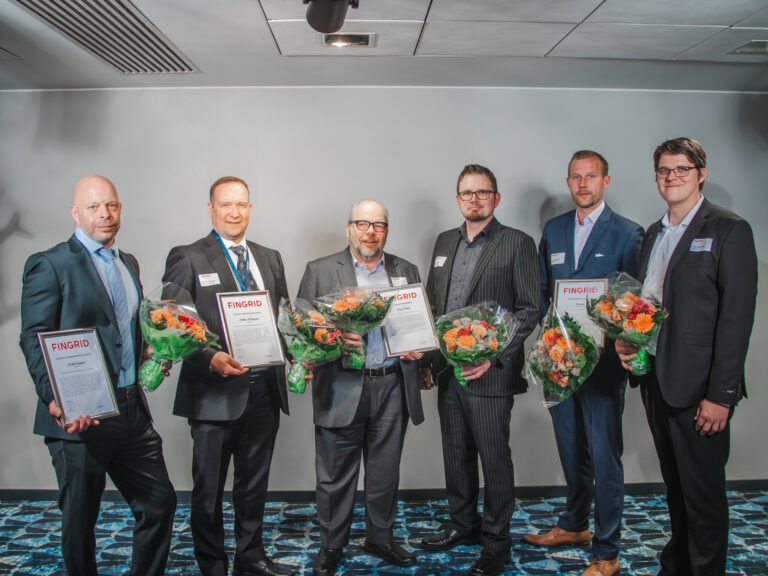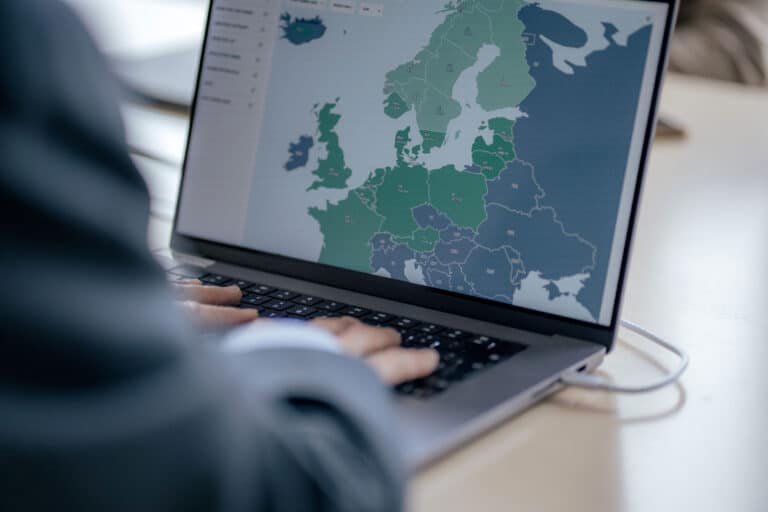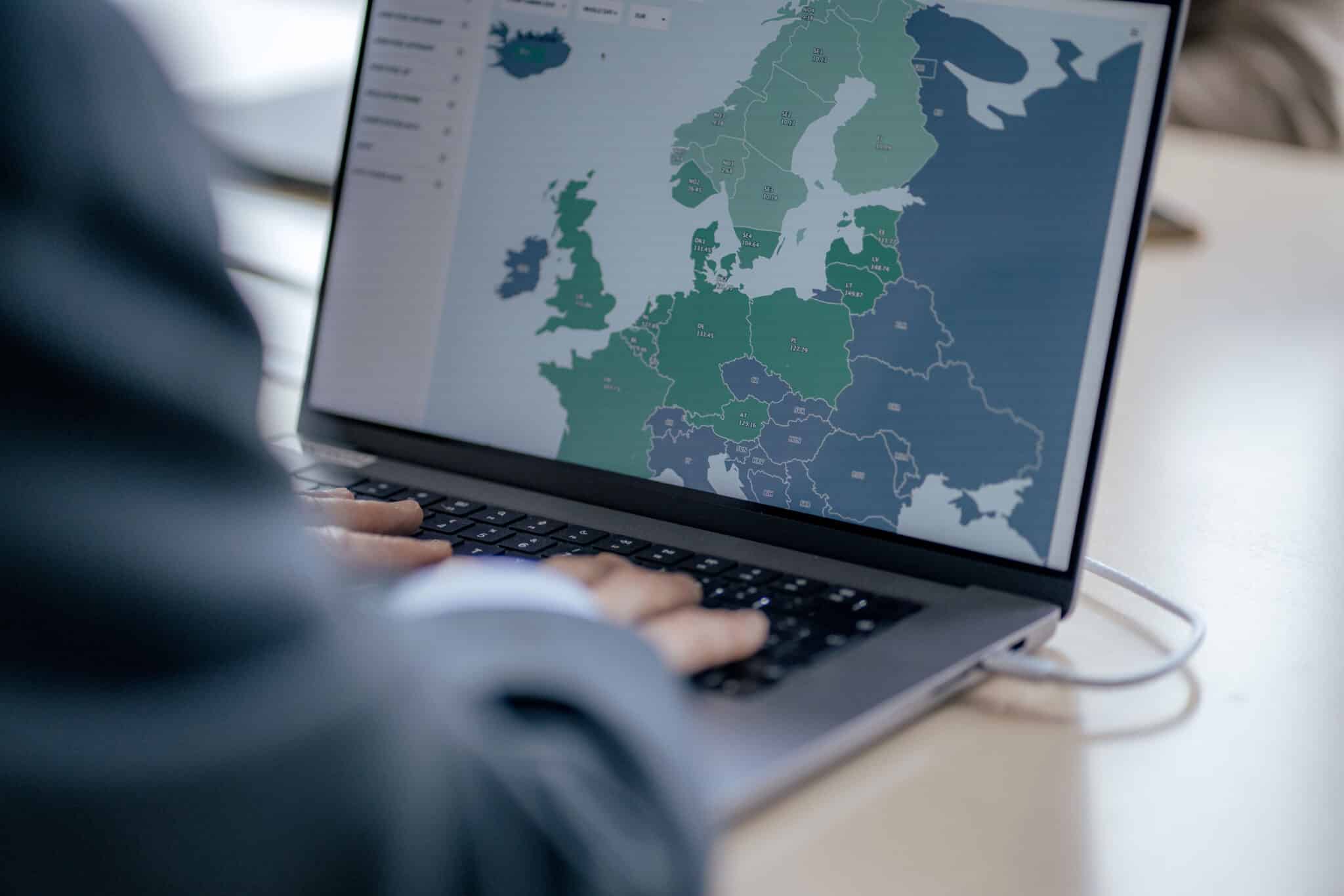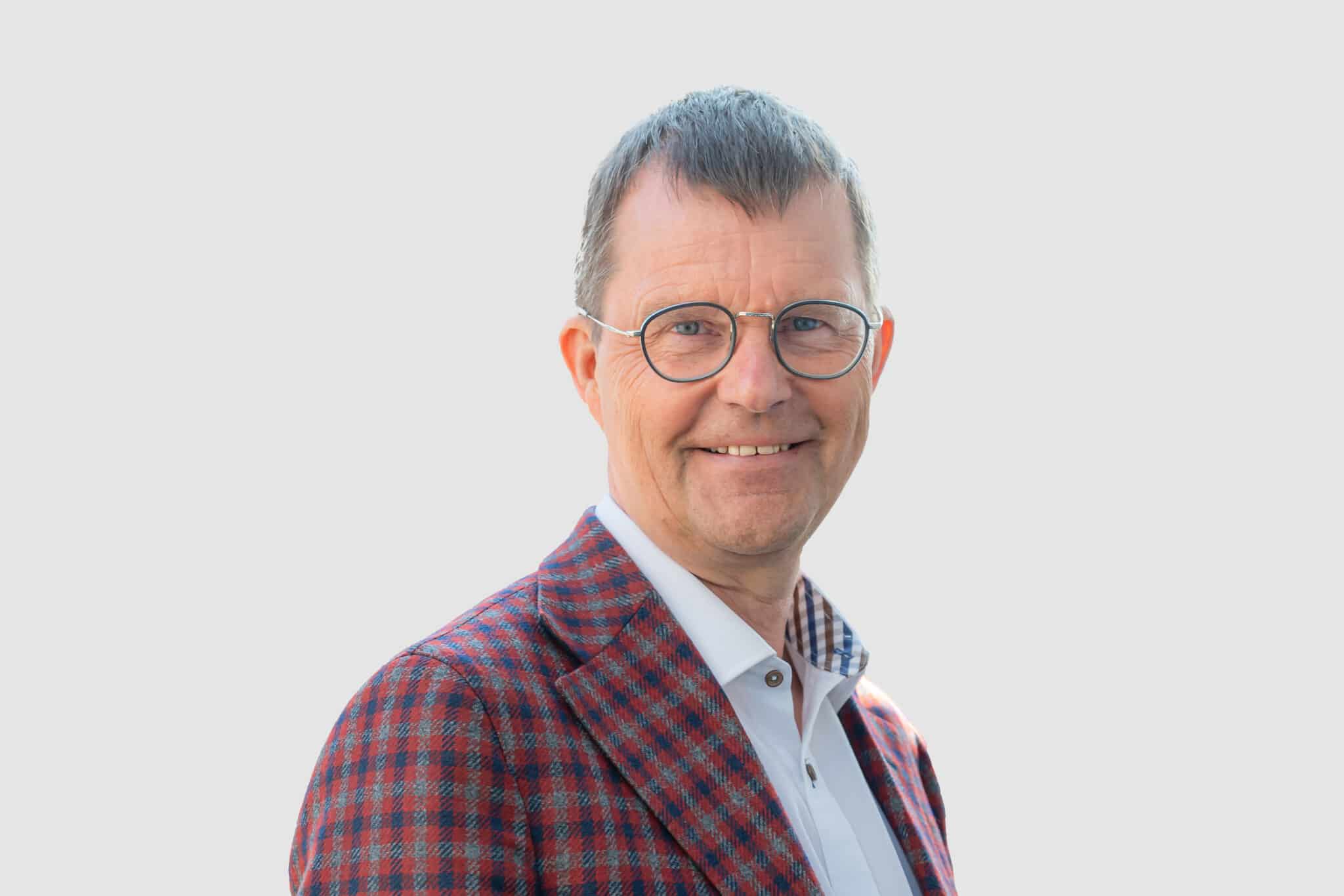Henna Virkkusen mielestä muu Eurooppa voisi ottaa mallia Pohjoismaista, jotka ovat olleet edelläkävijöitä markkinaehtoisen ja tehokkaan sähköjärjestelmän edistäjänä.
Virkkunen kuuluu Euroopan parlamentin suurimpaan poliittiseen ryhmään, keskustaoikeistolaiseen Euroopan kansanpuolueeseen. Hän on varsinainen jäsen teollisuus-, tutkimus- ja energiavaliokunta ITREssä, jonka tärkeimpiä asioita on energiaunionin rakentaminen, kestävän ilmastopolitiikan edistäminen, kasvun ja työpaikkojen luominen sekä digitaalisten sisämarkkinoiden synnyttäminen.
”Suomalaisittain asialistalla ovat usein omat luonnonvaramme metsä ja osaaminen: kuinka kestävää metsätaloutta voidaan edistää Euroopassa, kuinka voimme leikata päästöjä leikkaamatta talouskasvua ja kuinka synnytämme uutta korkeaan osaamiseen nojaavaa työtä ja innovaatioita Eurooppaan”, Virkkunen sanoo.
Mikä on näkemyksesi sähkömarkkinoiden roolista energiajärjestelmän murroksessa?
Se on aivan keskeinen Euroopan tasolla. Suomi on ollut edelläkävijä jo 25 vuotta kehittäessään markkinaehtoista ja tehokasta energiajärjestelmää. Viime kaudella EU:n tasolla tehtiin paljon töitä sähkömarkkinoiden toiminnan tehostamiseksi. Infrahankkeisiin investoitiin mittavasti, jotta sähkömarkkinoiden toimivuus etenee ja energia liikkuu yli rajojen.
Euroopassa on edelleen paljon saarekkeita, joissa energia kulkee vain yhteen suuntaan. Nyt päästökaupan avulla mahdollistetaan vaihtoehtoisen energialähteiden siirto yli rajojen.
Euroopassa ollaan käyttämässä valtavat määrät rahaa vihreään siirtymään. Uudet teknologiat, kuten merituulivoima ja vety, eivät ole markkinaehtoisesti kilpailukykyisiä, vaan tarvitsevat yhteiskunnan tukea. Miten näet sähkömarkkinoiden roolin tulevaisuudessa? Onko markkinaehtoisille sähkömarkkinoille enää tilaa?
Mielestäni on oikea linja myöntää investointi- ja innovaatiotukea merituulivoiman tai vedyn kaltaisille uusille teknologioille niiden kehitystyön ja tuotannon alkuvaiheessa. Pitkällä tähtäimellä yhteiskunnan tuki ei kuitenkaan ole kestävä malli, vaan vähitellen uusien teknologioiden tulisi kehittyä kilpailukykyisiksi kysynnän mukaan.
Miltä pohjoismaiset ja Itämeren alueen sähkömarkkinat näyttävät Brysselistä katsottuna?
Suomen, Ruotsin, Norjan ja Tanskan yhteistyö sähkömarkkinoilla on ollut hyvin tiivistä. Siitä muu Eurooppa voisi ottaa mallia. Viime vuosina Pohjoismaissa on rakennettu lisää siirtoyhteyksiä, jotta esimerkiksi vesivoiman käyttöä maasta toiseen voidaan hyödyntää.
Tärkeää Euroopan toimivien sähkömarkkinoiden kannalta on, että eri energialähteitä on riittävästi ja siirtoyhteydet ovat hyvät EU:n jäsenmaiden välillä sekä myös EU:n ulkopuolella. Viime kaudella EU:ssa uudistettiin paljon lainsäädäntöä kohti pohjoismaista mallia.
Pohjoismaissa energiantuottajia on todella paljon. Pelkästään Suomessa sähkömarkkinoilla on sata energiantuottajaa, kun taas monissa muissa Euroopan maissa energiantuottajia on vain muutama. Niinpä esimerkiksi kotitaloudet ovat voineet alkaa kilpailuttaa sähkösopimuksia vasta nyt, vaikka se on Pohjoismaissa ollut käytäntö jo 25 vuotta.
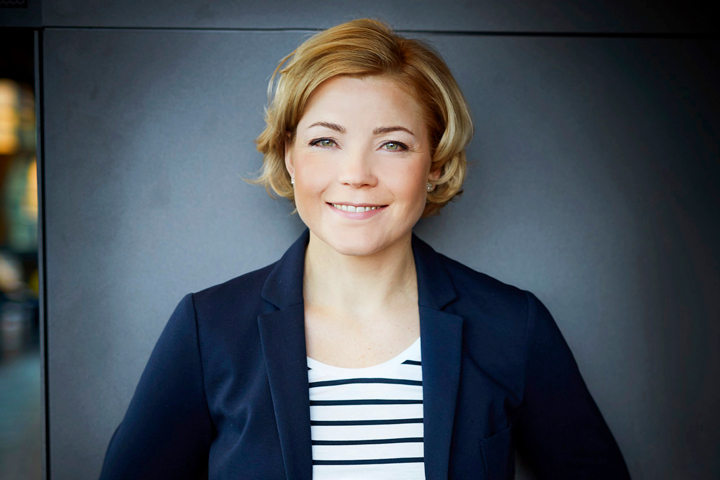
Koronapandemia on nostanut esiin uudenlaista kansallista ajattelua. Uskotko, että Euroopassa riittää luottamusta yhteisiin sähkömarkkinoihin, joilla Euroopan maat ovat sähkön toimitusvarmuuden osalta yhä riippuvaisempia toisistaan?
Nähdäkseni EU:n sisällä jäsenmaiden välillä on riittävä keskinäinen luottamus yhteisiin sähkömarkkinoihin, vaikka viime aikoina ristiriitoja on aiheuttanut esimerkiksi Puolan kanta kivihiilen käyttöön. Tämän tyyppisiä tilanteita tulee varmaan jatkossakin eteen, kun kaikilta jäsenmailta vaaditaan tehokkaampaa ja vähäpäästöisempää energiantuotantoa.
Suurempi huoli on kuitenkin EU:n riippuvuus tuontienergiasta. EU:n alueelle tuodaan edelleen energiaa noin puolet alueen ulkopuolelta, ja kyseessä ovat fossiiliset lähteet, kuten kivihiili tai öljy. Tämä on ristiriidassa EU:n Green Deal -tavoitteiden kanssa. Ukrainan kriisi ja Venäjän kaasuntuonnin rajoitukset ovat koronapandemian aikana lisänneet paineita kehittää EU:n omavaraista energiateollisuutta.
Suomen osalta olemme hyvissä asemissa, sillä energiapalettimme on monipuolinen ja uusiutuvan energian tuotanto toiseksi suurinta Euroopassa heti Ruotsin jälkeen.
Millaista tulevaisuuden Eurooppaa haluat olla rakentamassa tuleville sukupolville?
Toivon, että Euroopasta tulee maailman ensimmäinen ilmastoneutraali talousalue. Seuraavien vuosikymmenien iso asia on uudistaa teollisuutta ja yhteiskuntia niin, että saamme luotua ympäristöystävällisen ja taloudellisesti toimivan ja kestävän kokonaisuuden.
EU:lla on kovat tavoitteet kasvihuonekaasupäästöjen vähennysten suhteen. Tavoitteet on ratkaistava niin, että ne ovat sosiaalisesti ja taloudellisesti kestäviä eivätkä syrji ketään. Suomi ja Eurooppa voivat olla ilmastonmuutoksen torjunnassa edelläkävijöitä ja näyttää esimerkkiä muulle maailmalle ja kannustaa mukaan ilmastotalkoisiin. Ilmastoneutraali Eurooppa on globaalissa kontekstissa kuitenkin yksin pieni tekijä. Uusilla teknologioilla ja innovaatioilla on keskeinen asema ilmastoneutraalin maailman toteuttamisessa.
Mitkä energiakysymykset ovat nyt kuumia puheenaiheita EU:ssa?
EU:ssa on odotettavissa seuraavien vuosien aikana kiihkeä keskustelu kompleksisen ja ristiriitaisen energialainsäädännön tiimoilta, kun Euroopan komission ehdottamaa Fit for 55 -ilmastopakettia aletaan käsitellä Euroopan parlamentissa ja jäsenmaissa. Fit for 55 -ilmastopaketin tavoitteena on vähentää kasvihuonekaasupäästöjä vuoden 1990 tasosta vähintään 55 prosenttia vuoteen 2030 mennessä. Komission ehdotuksiin tullaan tekemään varmasti tuhansia muutosehdotuksia ennen kuin kestävän kasvun talouden mahdollistama lainsäädäntö on valmis.


